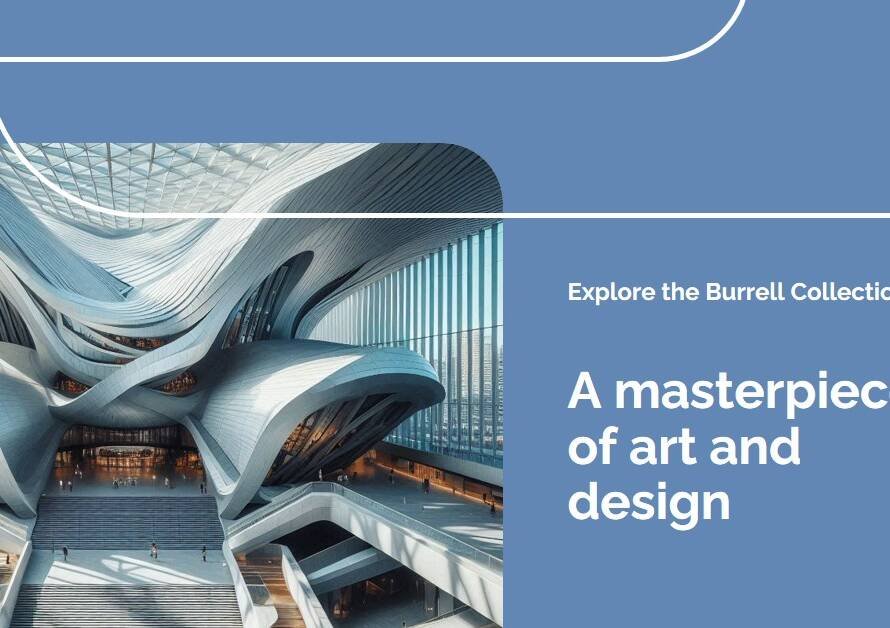
Table of Contents
Introduction to 3D Graphical Design:
3D Graphical Design – In the realm of design, the evolution of technology continually pushes the boundaries of creativity, giving rise to innovative approaches that redefine visual experiences. Among these, the emergence of multifaceted 3D graphical design stands out as a testament to the fusion of artistry and technological prowess. In this blog post, we embark on a journey to unravel the intricacies of this modern conception, delving into its multifaceted nature, exploring its applications across various industries, and deciphering the underlying principles that fuel its growth.
Understanding the Foundations:
At the core of multifaceted 3D graphical design lies a marriage of art and science, where creativity meets computational algorithms. Unlike traditional 2D design, which operates within the confines of flat surfaces, 3D design ventures into the realm of depth and dimension, sculpting virtual spaces that mimic reality or transcend it altogether. By leveraging advanced software tools and rendering techniques, designers can manipulate light, texture, and perspective with unparalleled precision, breathing life into their creations.
The Intersection of Technology and Creativity:
In the contemporary landscape, advancements in computing power and graphic processing have propelled 3D graphical design to new heights. With the advent of real-time rendering engines and immersive technologies like virtual reality (VR) and augmented reality (AR), designers now have the means to craft interactive experiences that engage and captivate audiences in ways previously unimaginable. This convergence of technology and creativity fosters a symbiotic relationship, where each innovation fuels further experimentation and exploration.
Applications Across Industries:
From entertainment and advertising to architecture and product design, the applications of multifaceted 3D graphical design are as diverse as they are transformative. In the realm of entertainment, 3D graphics have revolutionized the gaming industry, enabling developers to create visually stunning worlds that blur the line between fiction and reality. Likewise, in advertising, brands leverage immersive 3D experiences to showcase their products in dynamic and engaging ways, captivating consumers’ attention amidst a sea of digital content.
The Architectural Landscape:
In architecture and urban planning, 3D graphical design plays a pivotal role in the visualization and conceptualization of spaces. Architects harness the power of 3D modeling and rendering to bring their designs to life, allowing clients and stakeholders to explore virtual environments before construction begins. This not only streamlines the design process but also facilitates communication and collaboration, fostering a deeper understanding of architectural concepts and spatial dynamics.


Navigating the World of Product Design:
In the realm of product design, 3D graphical visualization has become an indispensable tool for prototyping and iteration. By creating lifelike renderings of products, designers can evaluate form, function, and aesthetics with unprecedented realism, enabling faster decision-making and iteration cycles. Moreover, 3D printing technology further blurs the line between digital design and physical reality, empowering designers to translate virtual concepts into tangible prototypes with ease.
Challenges and Opportunities:
Despite its transformative potential, multifaceted 3D graphical design is not without its challenges. The intricacies of 3D modeling and rendering require a deep understanding of both artistic principles and technical workflows, demanding continuous learning and skill development. Moreover, as the technology continues to evolve, designers must adapt to new tools and techniques, staying abreast of industry trends and best practices.
Embracing the Future:
As we look ahead, the future of multifaceted 3D graphical design brims with promise and possibility. Emerging technologies such as machine learning and generative design hold the potential to further push the boundaries of creativity, automating tedious tasks and unlocking new realms of artistic expression. Moreover, as 3D graphics become increasingly integrated into our daily lives, from virtual shopping experiences to interactive storytelling, designers wield unprecedented influence in shaping the way we perceive and interact with the world around us.
Conclusion:
In conclusion, the multifaceted nature of 3D graphical design in its modern conception embodies the convergence of artistry, technology, and innovation. From its humble origins to its ubiquitous presence across industries, 3D design continues to push the boundaries of visual storytelling, captivating audiences and shaping the future of design. As we navigate this ever-evolving landscape, let us embrace the endless possibilities that await, forging new paths and pushing the limits of creativity to new heights.


